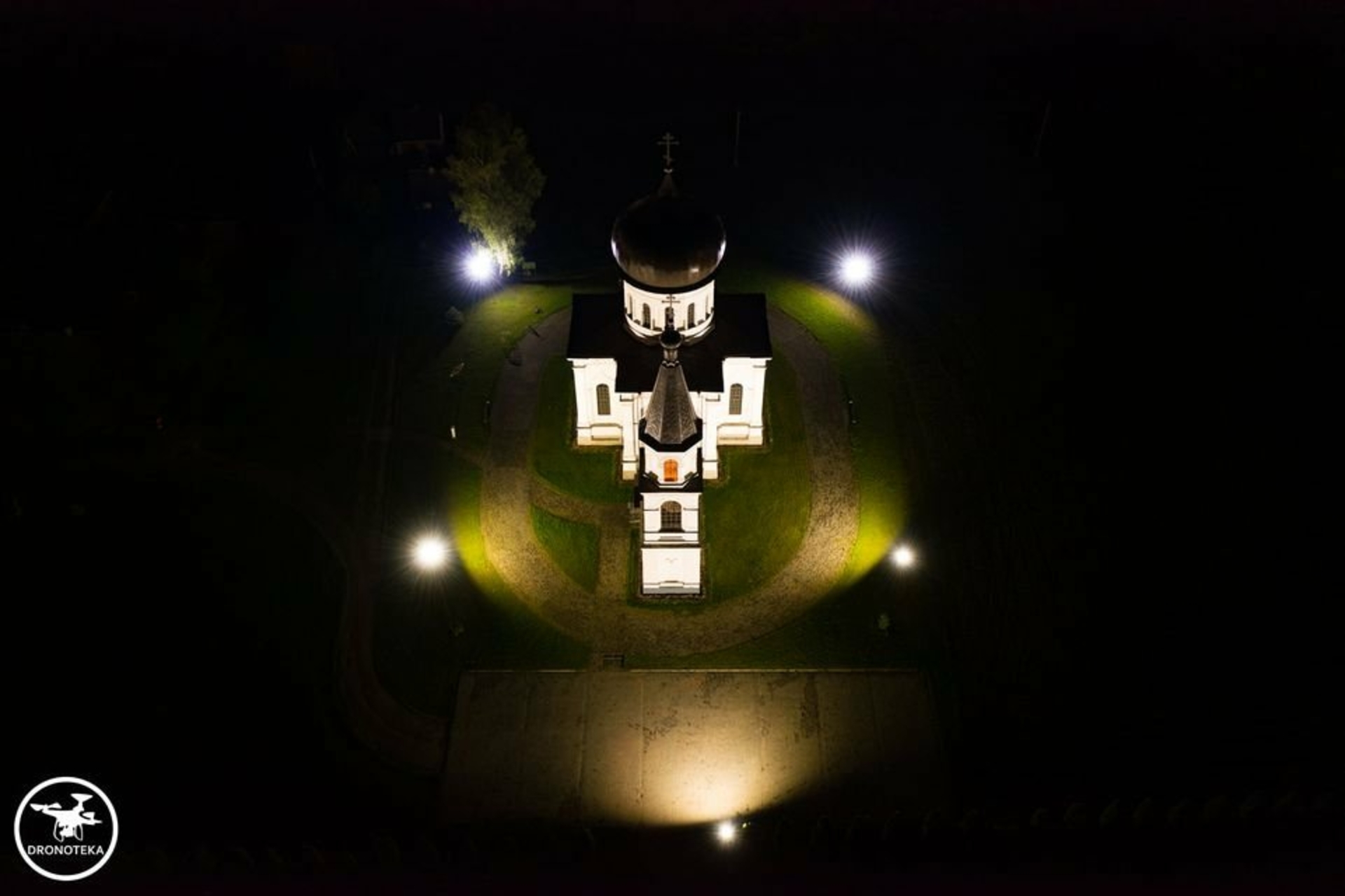The history of the Orthodox monastery and church in Vievis dates back to the 14th century. It is believed that the first monastery was established during the reign of Grand Duke Gediminas, who granted permission to his Orthodox wife, Princess Jaunė of Polotsk, to found the monastery. The monastery prospered during the 15th and 16th centuries, supported largely by nobles and landowners such as the Valavičiai, Tiškevičiai, Oginskiai, Pacai, and Giedraičiai families, who were active members of the religious community. A school was established at the monastery, where lessons were taught in Old Church Slavonic. Education and religion were closely intertwined, and Vievis became one of the most important educational centers of the time.
After the Union of Lublin, when the Orthodox community experienced political and religious challenges, the monastery and church began to decline. Many of their supporters were Unitarian, and several noble Orthodox families converted to Catholicism. Despite these difficulties, nobleman Bogdan Oginskis donated 500 acres of land, three villages, and a lake to the brotherhood, and
the brotherhood carried out repairs on the church. The Oginskiai family remained ardent supporters of Orthodoxy and opposed the influence of the Unitarians. In the early 17th century, a printing press was established, producing prayer books in Church Slavonic and other religious literature. In 1619, M. Smotrickij's Slavonic Grammar, one of the first grammars of Church Slavonic, was printed here and later studied by Mikhail Lomonosov.
However, after the Union of Brest, the monastery and church began to weaken significantly. In 1810, the church was closed and became a parish church. Napoleon's army looted and burned the monastery and church in 1812, and the Orthodox community of Vievis was without a place of worship for about forty years. Only in 1842 was a new Church of the Assumption of the Blessed Virgin Mary built in Vievis, but the monastery was never restored. This church withstood artillery shelling during World War I, was rebuilt, and was solemnly consecrated in 1923. Despite the many upheavals faced by the Orthodox community, its religious and cultural significance in Vievis has remained to this day.





 Entertainment
Entertainment
 Food establishments
Food establishments





























 54.770974, 24.826207
54.770974, 24.826207
 Get directions
Get directions









